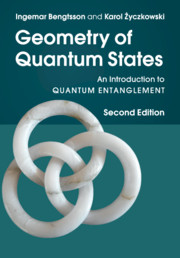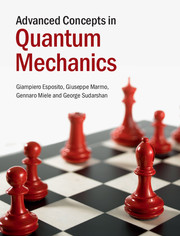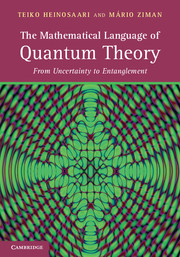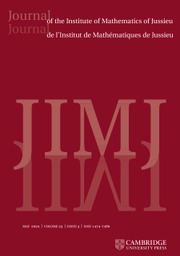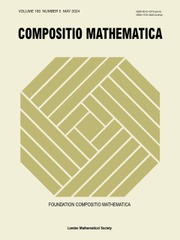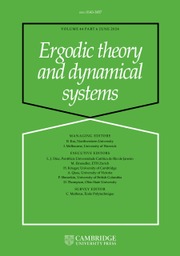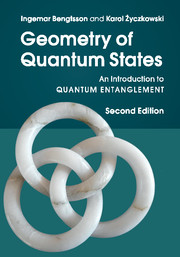Geometry of Quantum States
Quantum information theory is at the frontiers of physics, mathematics and information science, offering a variety of solutions that are impossible using classical theory. This book provides an introduction to the key concepts used in processing quantum information and reveals that quantum mechanics is a generalisation of classical probability theory. After a gentle introduction to the necessary mathematics the authors describe the geometry of quantum state spaces. Focusing on finite dimensional Hilbert spaces, they discuss the statistical distance measures and entropies used in quantum theory. The final part of the book is devoted to quantum entanglement - a non-intuitive phenomenon discovered by Schrödinger, which has become a key resource for quantum computation. This richly-illustrated book is useful to a broad audience of graduates and researchers interested in quantum information theory. Exercises follow each chapter, with hints and answers supplied.
- The first book to focus on the geometry of quantum states
- Stresses the similarities and differences between classical and quantum theory
- Uses a non-technical style and numerous figures to make the book accessible to non-specialists
Reviews & endorsements
'Geometry of Quantum States, not being a quantum mechanics textbook by itself, provides an extensive and detailed insight behind the scenes of entanglement and, as such, can serve as a very useful supplementary text for quantum mechanics courses. Written in a very lucid and engaging style, with numerous illustrations … The spectrum of potential readers … is by no means limited to students and newcomers. It is comprehensive enough to serve as a valuable reference for all researchers interested in quantum information theory. Geometry of Quantum States can be considered an indispensable item on a bookshelf of everyone interest in quantum information theory and its mathematical background.' Milosz Michalski, Open Systems and Information Dynamics
'Bengtsson's and Zyczkowski's book is an artful presentation of the geometry that lies behind quantum theory … the authors collect, and artfully explain, many important results scattered throughout the literature on mathematical physics. The careful explication of statistical distinguishability metrics (Fubini-Study and Bures) is the best I have read.' Gerard Milburn, University of Queensland
'Bengtsson and Zyczkowski's beautifully illustrated volume … attempts to cover considerable ground in its 418 pages.' D. W. Hook, Journal of Physics
'The authors, distinguished mathematical physicists, have written a markedly distinctive, dedicatedly pedagogical, suitably rigorous text, designed, in part, for advanced undergraduates familiar with the principles of quantum mechanics. The book, pleasing in character and enthusiastic in tone, has many stimulating diagrams and tables, as well as problem sets (with hints and answers supplied at the end). The diverse topics covered - conveniently all assembled here - reflect the geometrically-oriented, fundamental quantum-information-theoretic interests and expertise of the two authors.' Paul B. Slater, Mathematical Reviews
Product details
May 2006Adobe eBook Reader
9780511189906
0 pages
0kg
115 b/w illus. 18 tables 84 exercises
This ISBN is for an eBook version which is distributed on our behalf by a third party.
Table of Contents
- Preface
- 1. Convexity, colours and statistics
- 2. Geometry of probability distributions
- 3. Much ado about spheres
- 4. Complex projective spaces
- 5. Outline of quantum mechanics
- 6. Coherent states and group actions
- 7. The stellar representation
- 8. The space of density matrices
- 9. Purification of mixed quantum states
- 10. Quantum operations
- 11. Duality: maps versus states
- 12. Density matrices and entropies
- 13. Distinguishability measures
- 14. Monotone metrics and measures
- 15. Quantum entanglement
- Epilogue
- Appendices
- References
- Index.


